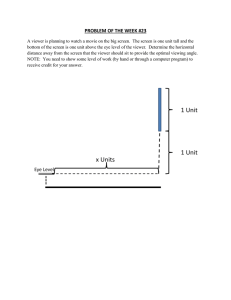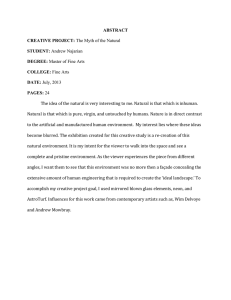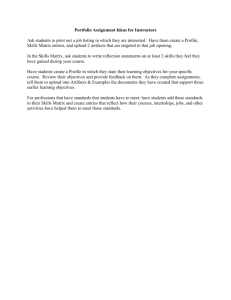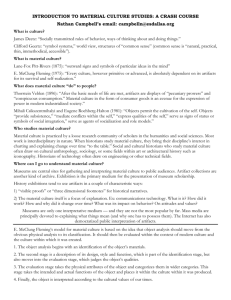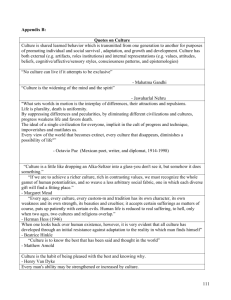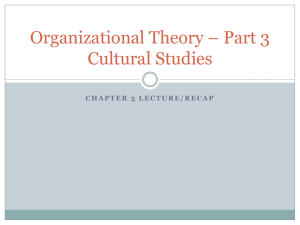The viewer's gaze is attracted by some sort of wonderment, as if its
advertisement
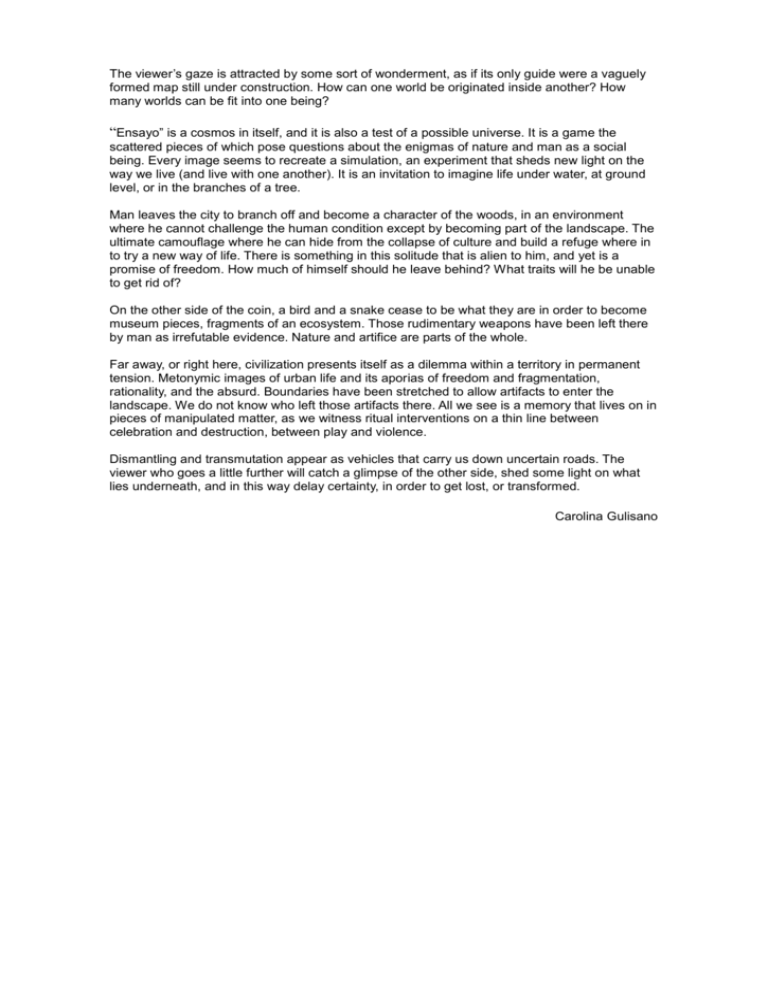
The viewer’s gaze is attracted by some sort of wonderment, as if its only guide were a vaguely formed map still under construction. How can one world be originated inside another? How many worlds can be fit into one being? “Ensayo” is a cosmos in itself, and it is also a test of a possible universe. It is a game the scattered pieces of which pose questions about the enigmas of nature and man as a social being. Every image seems to recreate a simulation, an experiment that sheds new light on the way we live (and live with one another). It is an invitation to imagine life under water, at ground level, or in the branches of a tree. Man leaves the city to branch off and become a character of the woods, in an environment where he cannot challenge the human condition except by becoming part of the landscape. The ultimate camouflage where he can hide from the collapse of culture and build a refuge where in to try a new way of life. There is something in this solitude that is alien to him, and yet is a promise of freedom. How much of himself should he leave behind? What traits will he be unable to get rid of? On the other side of the coin, a bird and a snake cease to be what they are in order to become museum pieces, fragments of an ecosystem. Those rudimentary weapons have been left there by man as irrefutable evidence. Nature and artifice are parts of the whole. Far away, or right here, civilization presents itself as a dilemma within a territory in permanent tension. Metonymic images of urban life and its aporias of freedom and fragmentation, rationality, and the absurd. Boundaries have been stretched to allow artifacts to enter the landscape. We do not know who left those artifacts there. All we see is a memory that lives on in pieces of manipulated matter, as we witness ritual interventions on a thin line between celebration and destruction, between play and violence. Dismantling and transmutation appear as vehicles that carry us down uncertain roads. The viewer who goes a little further will catch a glimpse of the other side, shed some light on what lies underneath, and in this way delay certainty, in order to get lost, or transformed. Carolina Gulisano
